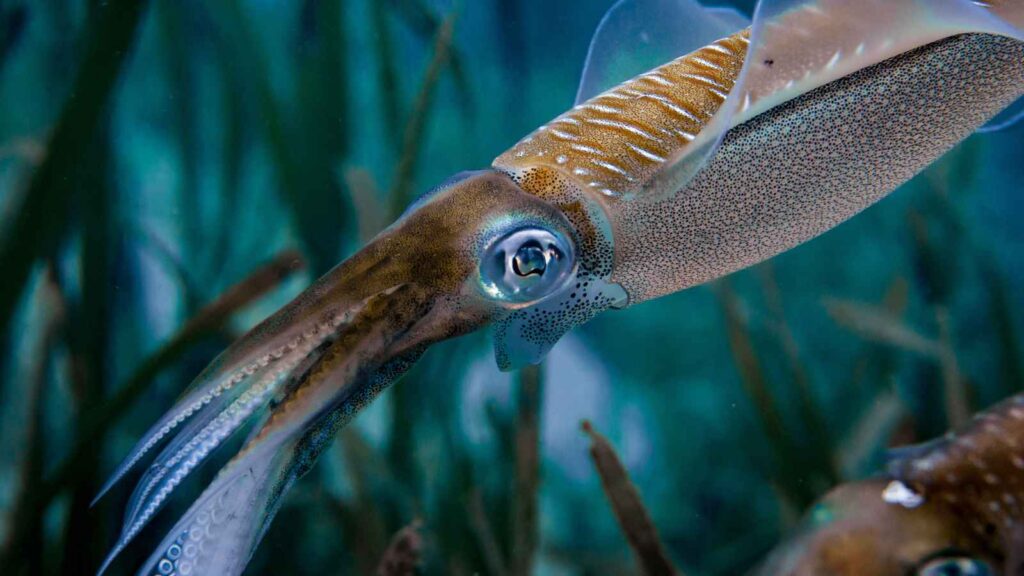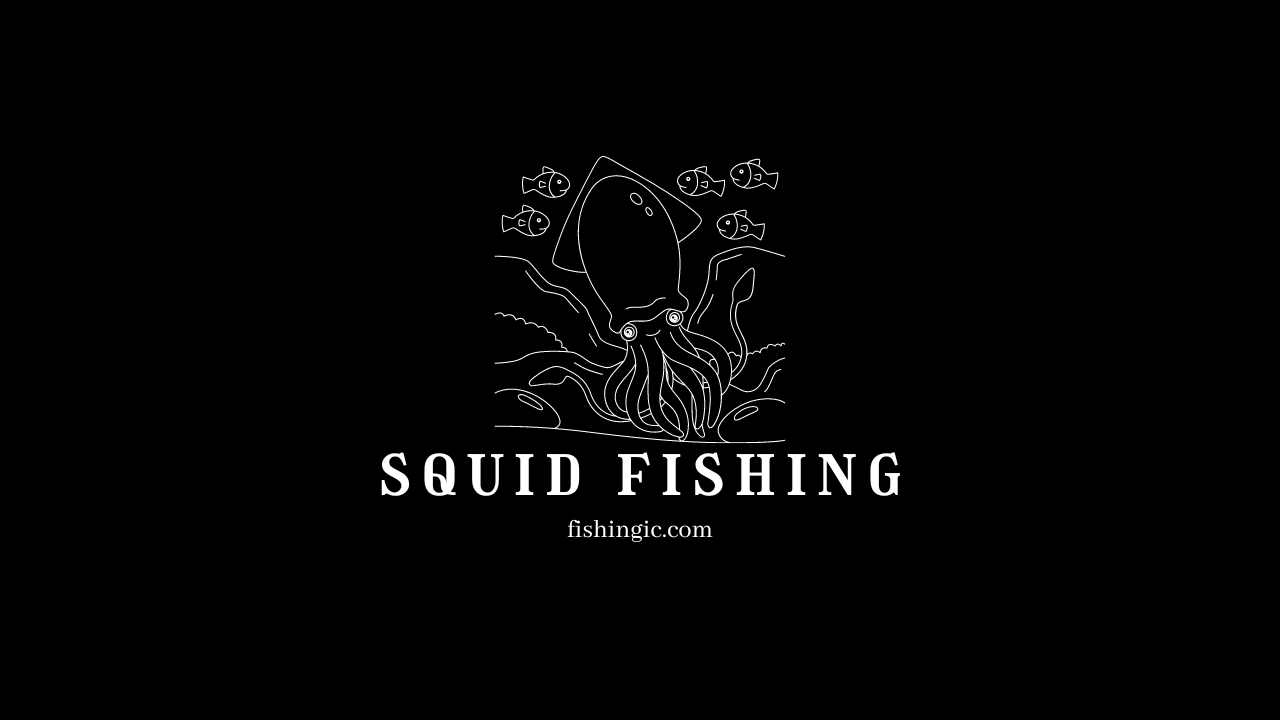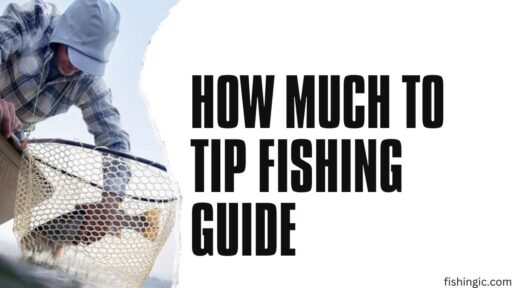Unleash your passion for squid fishing with our dedicated website. Explore the best spots, learn effective techniques, and stay updated with the latest trends in this exciting sport.
Squid fishing, an age-old practice that has captivated cultures around the globe, offers much more than a bountiful catch – it’s a gateway to tradition, an adventure into the nocturnal sea, and a call to preserve our oceanic frontiers. This guide explores the multifaceted world of squid fishing, from technique and adventure to sustainable practices and culinary delights. Whether you’re a seasoned angler, a curious newcomer, or simply a seafood lover, join us on this deep dive into the art and joy of squid River Fishing Report.
Understanding the Squid fishing
Before diving into the depths of squid fishing, it’s essential to understand the fascinating creature at its center. Squids belong to a class of marine animals called cephalopods, which also include octopuses and cuttlefish. They are known for their distinctive elongated bodies with tentacles and large eyes that allow them to navigate in the dark depths of the sea.
Squids are highly intelligent creatures with a complex nervous system and advanced communication abilities. They can change color to blend in with their surroundings, shoot ink as a defense mechanism, and even communicate through bioluminescence. These characteristics make squids one of the most intriguing creatures in the ocean and an exciting catch for fishermen.
The Art of Squid Fishing
Squid fishing requires skill, patience, and the right equipment. Essential gear includes specialized rods, jigs, and often, lights to attract squid. Locations prime for squid fishing span the globe, from the cool waters of the North Atlantic to the warm currents of the Pacific. Key factors like water depth, temperature, and squid species dictate the ideal fishing spots.
For novices, mastering the basics of jigging — the primary technique in squid fishing — is the first step. Experienced anglers may explore advanced methods, such as edging, which requires nuanced control over the jig to mimic prey movements. Whatever your level, squid jigging offers a thrilling experience as you feel the pull of the ocean and the anticipation of a catch.
The Thrill of Nighttime Fishing
Unlike many other types of fishing that take place during daylight hours, squid fishing often occurs at night. This adds another layer of excitement to the sport as anglers venture into the mysterious dark waters to catch their prey. Some even refer to squid fishing as “black gold” due to the lucrative catches that can be made during the peak season.
Nighttime also adds a touch of magic and mystery to the experience, as bioluminescent squid lights up the water and creates a mesmerizing scene. It’s not just about catching dinner; it’s about immersing yourself in the otherworldly beauty of the ocean.
The Adventure of Night Squadding
Night squadding, a thrilling variant of the sport, unveils a different aspect of the sea. The nocturnal behavior of squid makes them more active and easier to catch. Preparation for night squidding goes beyond the usual—extra safety measures and adjusted gear are paramount. Illuminated jigs and flashlights become essential tools.
The allure of night squadding isn’t just in the catch; it’s in the experience. The calm of the sea at night, coupled with the excitement of the hunt, creates unforgettable memories, often shared in the tales of veteran squid fishers.
Sustainability and Conservation
As with any type of fishing, it’s essential to consider sustainability and conservation. Squid is a highly sought-after seafood delicacy, making it vital to regulate catches to avoid overfishing and protect the delicate balance of marine ecosystems.
Sustainable practices include using biodegradable jigs, reducing bycatch, and respecting daily catch limits set by local authorities. Additionally, educating others about the importance of sustainable fishing practices can help preserve the ocean’s biodiversity for future generations.
From Sea to Table
After a successful squid fishing trip, it’s time to reap the rewards – a delicious seafood feast. Squid is highly versatile in the kitchen and can be prepared in various ways, from grilling and frying to ceviche and sushi. Plus, its high nutritional value makes it a healthy choice for any meal.
For those who prefer to leave the cooking to the experts, many restaurants around the world offer fresh and delicious squid dishes. Whether you catch it yourself or dine out, savoring the fruits of your squid fishing adventure is a satisfying and memorable experience.
The Endless Adventures of Squid Fishing
There’s no denying the thrill and excitement of squid fishing, from the challenging techniques to the captivating underwater scenery. But beyond the physical aspects, squid fishing also offers a deeper connection to our oceans and traditions. It’s an opportunity to appreciate the beauty and diversity of marine life while promoting sustainability and conservation efforts.
So, what are you waiting for? Grab your gear and embark on your own squid fishing adventure – you never know what wonders await in the mysterious sea. The possibilities are endless! So go forth and discover all that the beguiling world of squid fishing has to offer. Happy fishing! # Let’s protect our oceans and preserve this amazing tradition for generations to come. Keep fishing sustainably and responsibly. See you on the water! Happy Fishing!
Sustainable Practices in Squid Fishing
With the joy of squid fishing comes a responsibility toward sustainable practices. The health of marine ecosystems and the future of fishing depend on mindful techniques and regulations. Efforts to promote sustainable squid fishing include size limits, seasonal closures, and gear restrictions to minimize bycatch.
Adopting habits such as releasing undersized squids and supporting sustainable fishing initiatives are ways individuals can contribute to the longevity of squid populations and their habitats.
The Delight in Freshly Caught Squid
The culinary reward of squid fishing is unparalleled. Freshly caught squid offers a taste and texture that store-bought seafood seldom matches. From cleaning to cooking, the process is a hands-on experience that heightens the appreciation for this versatile ingredient.
Recipes for squid are diverse, highlighting its global appeal. Whether grilled, fried, or stewed, squid can be a star in simple dishes or gourmet meals alike; for those less inclined to cook, restaurants specializing in seafood offer a taste of local and international squid preparations.

The Community of Squid Fishing
At its heart, squid fishing is a communal activity that fosters connection and camaraderie. Local and international communities bring together enthusiasts, sharing knowledge, stories, and support. Events and tournaments offer avenues for engagement, allowing the tradition of squid fishing to thrive. Whether you’re a seasoned pro or just starting, there’s always something to learn and someone to share the experience within the community of squid fishing.
Keep Exploring and Enjoying Squid Fishing
With its rich history, cultural significance, and endless possibilities, squid fishing is an activity that continues to evolve and capture the hearts of anglers worldwide. From daytime jigging to nighttime squidding, the adventure never ends. So keep exploring and enjoying this unique sport – who knows what exciting experiences and catches await! Happy fishing! # Let’s continue to appreciate and protect the beauty of our oceans while experiencing the thrill of squid fishing. See you on the water! Happy Fishing!
Notes
Remember to always follow local laws and regulations when squid fishing.
Practice catch and release for undersized or excess catches to promote sustainable fishing practices.
Support organizations and initiatives that work towards ocean conservation and sustainability efforts.
Frequently Asked Questions (FAQs)
What is the best time to go squid fishing?
The best time for squid fishing often depends on the location and species of squid you’re targeting. Generally, squid are more active during nighttime, making evening to early morning the optimal fishing times. Season-wise, spring and fall are usually the most productive seasons for squid fishing, as squid tend to spawn during these times.
Can squid fishing be done from shore?
Yes, squid fishing can be done from both shore and boat. Shore-based squid fishing is popular at piers, jetties, and on rocky coastlines where water is deep enough for squid to gather. Using a light source can attract squid closer to shore at night.
What gear do I need for squid fishing?
For beginners, a basic setup includes a light fishing rod, a reel with a smooth drag system, a thin-diameter braid for sensitivity, and a selection of squid jigs. Essential accessories include a headlamp for hands-free illumination, a net or gaff for landing your catch, and a bucket or cooler to keep your squid fresh.
How do I choose the right squid jig?
Selecting the right squid jig can depend on several factors, including water conditions, depth, and the type of squid you’re targeting. Color, size, and sink rate are important considerations. For murky waters, choose brighter colors or jigs with reflective surfaces. In clearer waters, more natural colors and patterns may be more effective. Experimenting with different jigs is key to finding what works best in your fishing area.
Is it necessary to use live bait for squid fishing?
While using live bait can be effective, most squid fishing is done using artificial lures known as squid jigs. These jigs mimic the appearance and movement of small fish or shrimp, making them irresistible to squid. The advantage of using jigs is the ability to target squid specifically, reducing bycatch and allowing for a more sustainable approach to fishing.
How can I ensure I’m fishing for squid sustainably?
To fish for squid sustainably, follow local fishing regulations and guidelines, such as size limits and catch limits. Use gear that minimizes bycatch, release undersized or unwanted catches promptly, and choose times and locations that avoid disrupting squid during critical spawning periods. Supporting and participating in conservation and research efforts can also contribute to the sustainability of squid populations.
How do I clean and prepare squid?
Cleaning squid involves removing the innards, cartilage, and skin. Start by pulling the head and tentacles away from the body to remove the innards. Cut off the tentacles just above the eyes and remove the beak. Peel off the skin and remove the cartilage from within the body pouch. Rinse the body and tentacles under cold water. Squid can be prepared in various ways, such as frying, grilling, or adding to pasta and stews.
Can I squid fish throughout the year?
The availability of squid for fishing varies by location and species, with most areas experiencing peak seasons during spring and fall. Some regions may have year-round populations, but success rates can fluctuate based on spawning cycles, water temperatures, and food availability. Checking local fishing reports and regulations can provide guidance on the best times for squid fishing in your area.
Conclusion of Squid fishing
The world of squid fishing is vast and vibrant, offering more than just the satisfaction of a successful catch. It’s an invitation to engage with the ocean’s mysteries, to partake in a tradition that spans cultures and centuries, and to contribute to the sustainability of our marine ecosystems. Whether you’re casting your jig for the first time or returning to familiar waters, the adventure of squid fishing awaits.
Ready to explore the ocean’s bounty? There’s no better time to start than now. Remember, the future of squid fishing and its community lies in the hands of those who value and preserve it. Join us in celebrating and sustaining this captivating pursuit.
Meta Description: Discover the thrill of sustainable squid fishing, expert techniques, and the adventure of night squidding in our engaging long-form post. Join us for an exploration of the sea’s bounty and the camaraderie of the fishing community.






